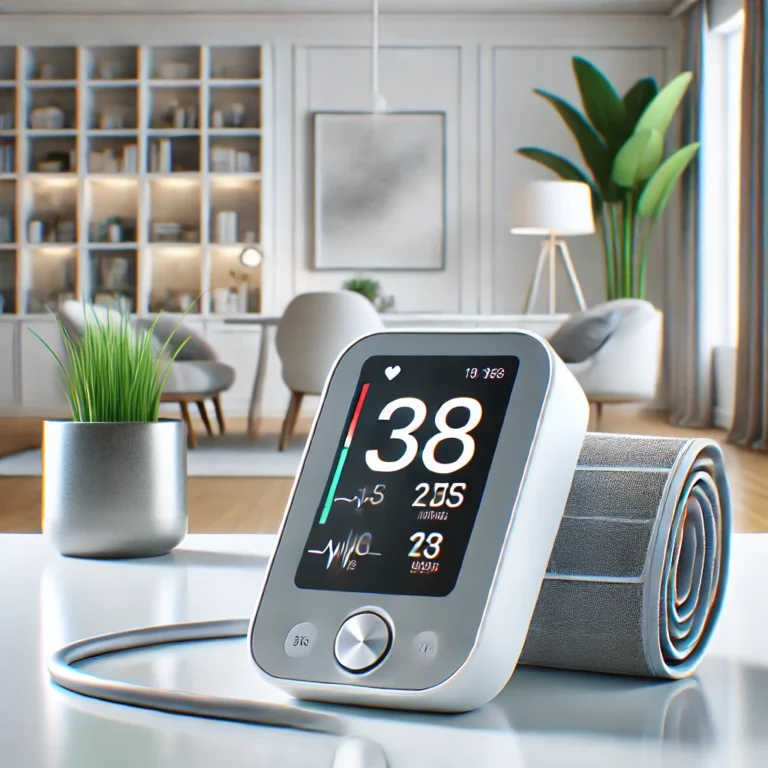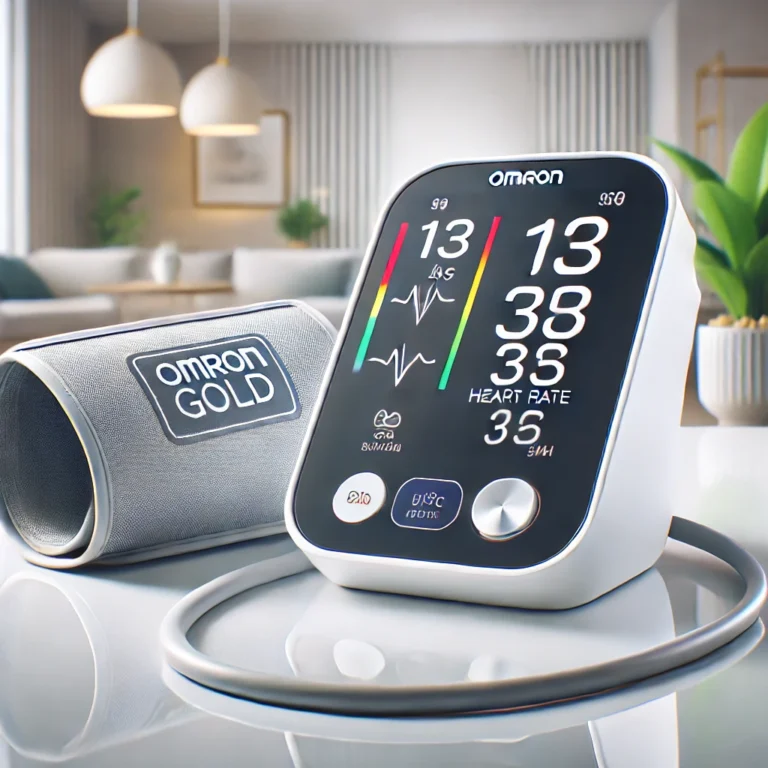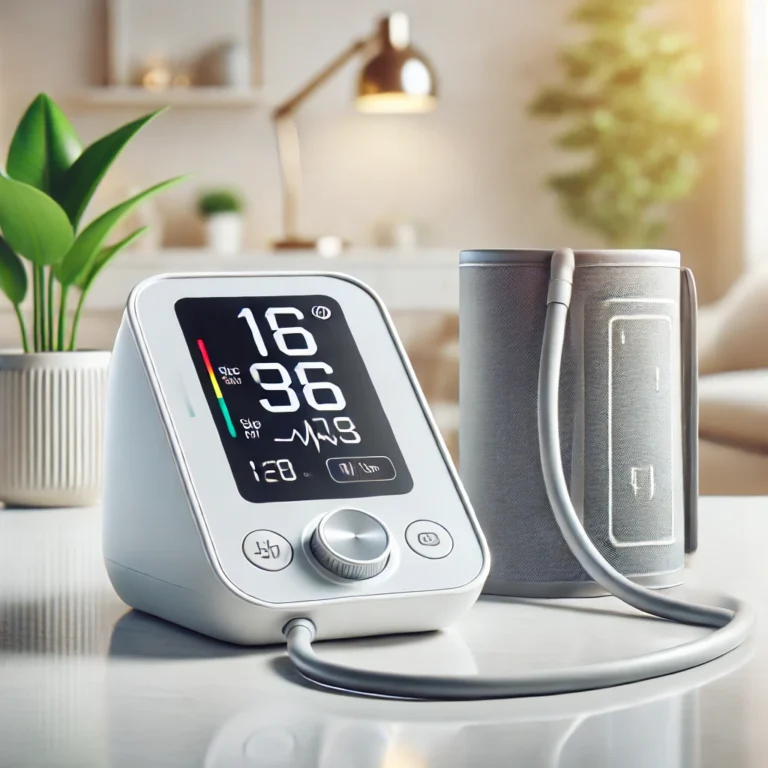Rechargeable Blood Pressure Monitors: Pros, Cons, and Should You Buy One?
Home blood pressure monitoring is no longer confined to doctor visits, and choosing the right device can make all the difference in managing your health. Rechargeable blood pressure monitors have become an increasingly popular alternative to traditional battery-operated models. But are they the best choice for you? Let’s explore their benefits, drawbacks, and whether they’re worth investing in.

The Advantages of Rechargeable Blood Pressure Monitors
1. Convenience
Rechargeable monitors eliminate the need for disposable batteries, offering a seamless experience. When the device runs low, simply plug it in—much like your smartphone—and you’re good to go. Many models feature extended battery life, enabling multiple uses on a single charge.
2. Cost Savings
Though they often come with a higher upfront cost, rechargeable monitors save money over time by eliminating the need to purchase replacement batteries. Frequent users will particularly appreciate these long-term savings.
3. Eco-Friendly
Using fewer disposable batteries means less waste in landfills. Opting for a rechargeable blood pressure monitor is an easy way to reduce your environmental footprint and support sustainability efforts.
4. Advanced Features
Many rechargeable models come equipped with smart features like Bluetooth connectivity, app integration, and data storage. These capabilities allow users to track readings, analyze trends, and share health data with medical professionals—all from a smartphone or tablet.
The Drawbacks of Rechargeable Blood Pressure Monitors
1. Higher Initial Cost
Rechargeable monitors are often more expensive than battery-operated counterparts. For budget-conscious buyers, this upfront expense may be a deterrent, even though the device offers cost savings over time.
2. Dependence on Charging
While convenient, rechargeable monitors require regular charging. Forgetting to charge the device can leave you without a working monitor when you need it most. Unlike battery-operated models, you can’t simply swap in fresh batteries for immediate use.
3. Battery Lifespan
Rechargeable batteries degrade over time, holding less charge after a certain number of cycles. If the battery isn’t replaceable, the entire device may need replacing, adding to long-term costs.
4. Limited Portability
Some rechargeable monitors are bulkier due to their internal batteries and charging ports. Additionally, if you’re traveling, you may need to carry charging cables or find access to power, which can be inconvenient during long trips.
Is a Rechargeable Blood Pressure Monitor Right for You?
Deciding whether to invest in a rechargeable blood pressure monitor comes down to your lifestyle and needs. Consider the following factors before making a choice:
1. Frequency of Use
If you monitor your blood pressure daily or multiple times a day, a rechargeable device can be a practical option. With extended battery life and no need to replace batteries, it’s ideal for frequent use.
2. Interest in Smart Features
Rechargeable models often come with features like Bluetooth connectivity and app integration. If you’re tech-savvy or value the ability to store and share health data digitally, these models are worth considering.
3. Environmental Consciousness
If sustainability is important to you, choosing a rechargeable monitor reduces battery waste, making it an eco-friendly option.
4. Portability Needs
If you’re often on the go and need a highly portable device, a traditional battery-operated monitor may be more practical. Rechargeable devices require charging downtime and access to power, which can be inconvenient while traveling.
Conclusion
Rechargeable blood pressure monitors bring numerous advantages, from cost savings and convenience to eco-friendliness and advanced features. However, their higher initial cost, charging requirements, and potential for battery degradation might not suit everyone.
For those who value tech-savvy features, monitor their blood pressure regularly, and want to reduce their environmental impact, a rechargeable monitor can be a fantastic choice. Conversely, if you prioritize simplicity, portability, or affordability, a traditional battery-powered monitor might better meet your needs.
Ultimately, the right monitor depends on your lifestyle and health priorities. Assess your needs, weigh the pros and cons, and choose a device that aligns with your preferences. No matter which option you go for, consistent monitoring is a powerful step toward better heart health. Happy monitoring!



